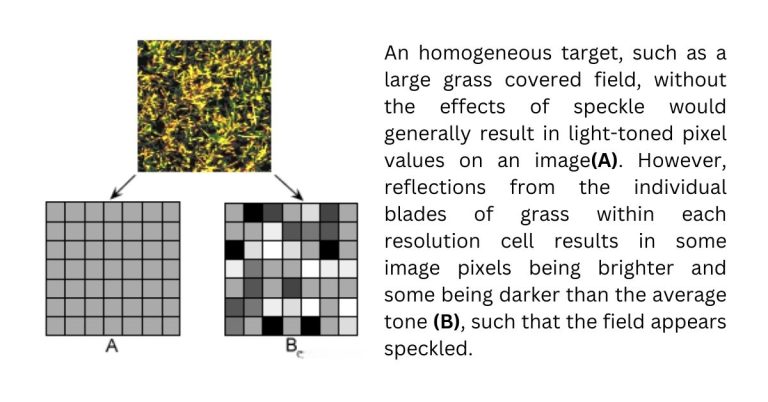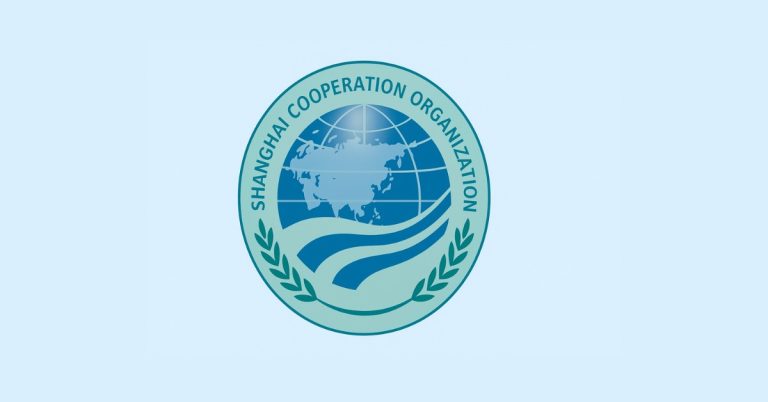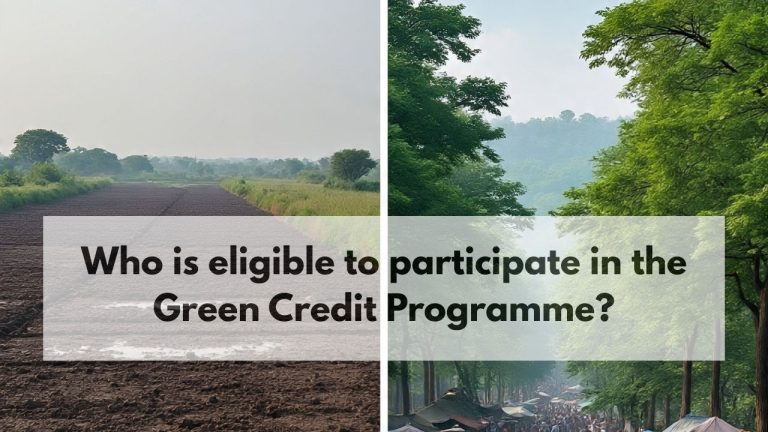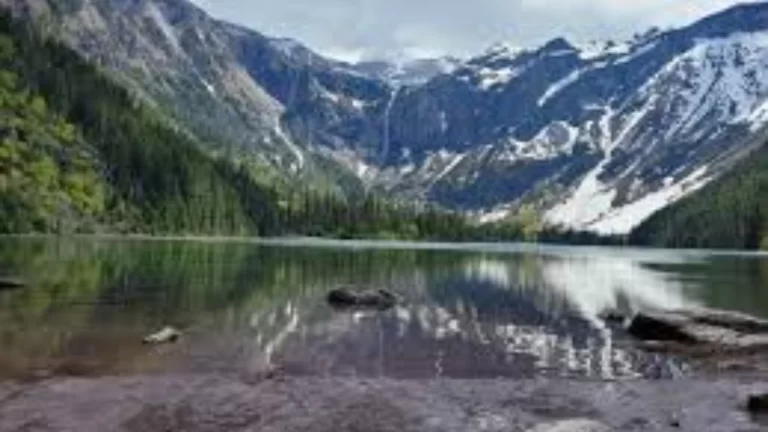Access the latest NCERT Solutions for Class 9 Geography Chapter-4: Climate, updated for 2024-2025. Solution is designed to help students tackle difficult questions with ease. The content is written in simple, easy-to-understand language.
Exercise
Choose the correct answer from the four alternatives given below:
(i) Which one of the following places receives the highest rainfall in the world?
(a) Silchar
(b) Mawsynram
(c) Cherrapunji
(d) Guwahati
Answer: (b) Mawsynram
(ii) The wind blowing in the northern plains in summers is known as:
(a) Kaal Baisakhi
(b) Loo
(c) Trade Winds
(d) None of the above
Answer: (b) Loo
(iii) Monsoon arrives in India approximately in:
(a) Early May
(b) Early July
(c) Early June
(d) Early August
Answer: (c) Early June
(iv) Which one of the following characterizes the cold weather season in India?
(a) Warm days and warm nights
(b) Warm days and cold nights
(c) Cool days and cold nights
(d) Cold days and warm nights
Answer: (c) Cool days and cold nights
Answer the following questions briefly:
(i) What are the controls affecting the climate of India?
Answer: The controls affecting the climate of India include latitude, altitude, pressure and wind system, distance from the sea (continentality), ocean currents, and relief features.
(ii) Why does India have a monsoon type of climate?
Answer: India has a monsoon type of climate due to the seasonal reversal of winds, influenced by the differential heating of land and water bodies, and the presence of the Himalayas, which block cold air from Central Asia.
(iii) Which part of India experiences the highest diurnal range of temperature and why?
Answer: The Thar Desert in Rajasthan experiences the highest diurnal range of temperature due to its arid conditions and clear skies, which allow intense heating during the day and rapid cooling at night.
(iv) Which winds account for rainfall along the Malabar coast?
Answer: The southwest monsoon winds bring heavy rainfall along the Malabar coast.
(v) Define monsoons. What do you understand by “break” in monsoon?
Answer: Monsoons are seasonal winds that reverse their direction during different times of the year, bringing rainfall. A “break” in monsoon refers to periods when the monsoon rains stop for a few days during the rainy season.
(vi) Why is the monsoon considered a unifying bond?
Answer: The monsoon is considered a unifying bond because it provides water for agriculture across the country, influencing the economy, culture, and even the festivals of India.
3. Why does the rainfall decrease from the east to the west in Northern India?
Answer: Rainfall decreases from the east to the west in Northern India because the moisture laden southwest monsoon winds lose moisture as they travel inland. The eastern regions (such as West Bengal and Bihar) receive higher rainfall, while regions in the west (like Rajasthan and Gujarat) receive much less due to their distance from the Bay of Bengal.
Give reasons as to why:
(i) Seasonal reversal of wind direction takes place over the Indian subcontinent.
Answer: The seasonal reversal of wind direction occurs due to differential heating of land and sea. During summer, the land heats up faster, creating low pressure over the Indian subcontinent, which attracts moisture laden winds from the ocean, leading to the southwest monsoon. In winter, the land cools down faster, leading to high pressure, and the winds blow from land to sea.
(ii) The bulk of rainfall in India is concentrated over a few months.
Answer: Most of the rainfall in India occurs during the monsoon season (June to September) due to the southwest monsoon winds, which bring heavy rains to the country for a short but intense period.
(iii) The Tamil Nadu coast receives winter rainfall.
Answer: The Tamil Nadu coast receives winter rainfall due to the northeast monsoon winds, which blow from land to sea but pick up moisture over the Bay of Bengal and cause rainfall on the eastern coast.
(iv) The delta region of the eastern coast is frequently struck by cyclones.
Answer: The delta region of the eastern coast is frequently struck by cyclones due to its proximity to the Bay of Bengal, where cyclonic depressions form during the retreating monsoon season (OctoberNovember).
(v) Parts of Rajasthan, Gujarat, and the leeward side of the Western Ghats are drought prone.
Answer: These regions are drought prone because they lie in the rain shadow areas, where mountains block the moisture laden winds, resulting in scanty rainfall.
5. Describe the regional variations in the climatic conditions of India with the help of suitable examples.
Answer: India experiences a wide range of climatic conditions. For example, Mawsynram in Meghalaya receives over 400 cm of rainfall annually, making it the wettest place on earth, while areas like Rajasthan receive less than 20 cm. In terms of temperature, Drass in Jammu & Kashmir records extremely cold temperatures in winter (below 45°C), while Thar Desert in Rajasthan experiences scorching heat, with temperatures reaching 50°C in summer.
6. Give an account of weather conditions and characteristics of the cold season.
Answer: During the cold season (winter), which lasts from November to February, northern India experiences cold days and colder nights. The northeast trade winds blow, and the northern plains occasionally receive light rainfall due to western disturbances. The southern regions, however, experience milder winters due to the moderating effect of the surrounding seas.
7. Give the characteristics and effects of the monsoon rainfall in India.
Answer: The monsoon rainfall in India is seasonal and unevenly distributed, primarily occurring from June to September due to the southwest monsoon winds. It is crucial for agriculture but can cause floods in some regions and droughts in others due to its variability. Monsoon rains also lead to cooling after the intense summer heat and are vital for replenishing rivers and water resources.
Other Important Short answer Type Questions
Here are some important short answer type questions and their answers based on Chapter 4 of the NCERT Class 9 Geography book, “Climate,” useful for NCERT 9th class examinations and UPSC:
1. What is the difference between climate and weather?
Answer:
Climate refers to the average weather conditions of a place over a long period, typically 30 years or more. Weather refers to the state of the atmosphere at a particular place and time, including temperature, humidity, wind, and precipitation. Weather can change from day to day, whereas climate remains relatively constant over long periods.
2. What factors influence the climate of India?
Answer:
The six major factors influencing India’s climate are:
1. Latitude: The Tropic of Cancer divides India into tropical and subtropical zones.
2. Altitude: The Himalayas and other mountains block cold winds, moderating winters.
3. Pressure and Winds: Pressure differences and wind systems like monsoon winds greatly affect India’s climate.
4. Distance from the Sea (Continentality): Coastal areas experience less extreme temperatures than interior areas.
5. Ocean Currents: Warm and cold currents near coastal regions affect temperatures.
6. Relief Features: Mountains, plateaus, and plains play a role in rainfall and temperature distribution.
3. Why does India experience a monsoon type of climate?
Answer:
India experiences a monsoon type of climate due to the seasonal reversal of winds caused by differential heating of land and water. In summer, low pressure over the landmass attracts moisture laden winds from the Indian Ocean, leading to monsoon rains. In winter, high pressure over the land causes cold dry winds to blow from land to sea.
4. What are the regional variations in temperature in India?
Answer:
India exhibits great regional variations in temperature:
In summer, temperatures can rise up to 50°C in the Thar Desert of Rajasthan, while it remains around 20°C in Pahalgam, Jammu & Kashmir.
In winter, temperatures drop to 45°C in Drass, Jammu & Kashmir, while remaining mild at around 22°C in Thiruvananthapuram.
5. Why is the coastal region of India cooler compared to the interior regions?
Answer:
Coastal regions experience moderate temperatures due to the influence of the sea, which heats and cools more slowly than land. This moderating effect of the sea results in cooler summers and milder winters compared to the more extreme temperature variations found in inland areas, known as continentality.
6. What are ‘loo’ winds and how do they affect India?
Answer:
‘Loo’ are hot, dry, gusty winds that blow in the north and northwestern parts of India during the summer months, particularly in May and June. These winds raise temperatures to extreme levels and can be fatal upon direct exposure.
7. What is ‘October heat’?
Answer:
‘October heat’ refers to the hot and oppressive weather experienced in northern India after the withdrawal of the monsoon. The land is still moist, and the combination of high day temperatures and humidity creates uncomfortable conditions.
8. Why does Tamil Nadu receive rainfall during the winter season?
Answer:
Tamil Nadu receives winter rainfall due to the northeast monsoon winds. As these winds blow from the sea to the land in this region, they pick up moisture and cause rainfall. Additionally, cyclonic depressions formed in the Bay of Bengal during OctoberNovember also contribute to winter rainfall.
9. What is the significance of the monsoon in India’s agriculture?
Answer:
The monsoon is vital for India’s agriculture as it provides the necessary rainfall for cultivating crops. The majority of Indian farmers rely on monsoon rains for irrigation, and delayed or insufficient rainfall can lead to droughts, adversely affecting food production.
10. Why do parts of Rajasthan and Gujarat receive very low rainfall?
Answer:
Parts of Rajasthan and Gujarat receive very low rainfall due to their location in the rain shadow region. The Aravalli Range does not block the monsoon winds effectively, allowing only minimal rainfall to reach these areas, making them drought prone.
MCQs: Climate
Here are 20 multiple choice questions (MCQs) based on Chapter 4 of the NCERT Class 9 Geography book “Climate,” aligned with previous years’ NCERT 9th class exams and UPSC.
1. What is the term used to describe the weather conditions over a long period of time?
(a) Weather
(b) Climate
(c) Monsoon
(d) Atmosphere
2. The word ‘monsoon’ is derived from which language?
(a) Latin
(b) Arabic
(c) Greek
(d) French
3. Which of the following places experiences the highest annual rainfall in the world?
(a) Silchar
(b) Cherrapunji
(c) Mawsynram
(d) Guwahati
4. The Tropic of Cancer passes through which region of India?
(a) Southern India
(b) Middle of India
(c) Northern India
(d) Western India
5. In which season does most of India experience rainfall?
(a) Winter
(b) Summer
(c) Monsoon
(d) Post Monsoon
6. What is the main cause of the monsoon winds in India?
(a) Difference in temperature between land and sea
(b) Ocean currents
(c) Wind blowing from mountains
(d) Jet streams
7. Which part of India experiences the highest diurnal range of temperature?
(a) Coastal regions
(b) Desert regions
(c) Himalayan regions
(d) Northeastern regions
8. What is the direction of the monsoon winds during the rainy season in India?
(a) Northeast to southwest
(b) Southwest to northeast
(c) East to west
(d) West to east
9. The wind blowing in the northern plains during summer is known as:
(a) Kaal Baisakhi
(b) Loo
(c) Trade winds
(d) Westerlies
10. Why does Tamil Nadu receive rainfall in winter?
(a) Due to western disturbances
(b) Due to retreating monsoons
(c) Due to southwest monsoon
(d) None of the above
11. What is the average temperature in Chennai during the winter months?
(a) 24°C–25°C
(b) 15°C–20°C
(c) 10°C–15°C
(d) 30°C–35°C
12. The rainfall in India is mainly concentrated in which months?
(a) March to May
(b) June to September
(c) October to December
(d) January to February
13. Which of the following causes rainfall in the winter season in northern India?
(a) Northeast monsoon
(b) Western disturbances
(c) Cyclonic depressions
(d) Trade winds
14. Which place in India experiences the “loo”?
(a) Rajasthan
(b) Kerala
(c) Assam
(d) Goa
15. Which of the following statements is correct about the Coriolis effect?
(a) It deflects winds towards the right in the southern hemisphere.
(b) It deflects winds towards the left in the northern hemisphere.
(c) It deflects winds towards the right in the northern hemisphere.
(d) It has no effect on wind direction.
16. Which city in India has the most equable climate?
(a) Delhi
(b) Mumbai
(c) Jodhpur
(d) Kolkata
17. What are the ‘mango showers’?
(a) Premonsoon showers in Kerala and Karnataka
(b) Postmonsoon showers in Tamil Nadu
(c) Heavy rainfall in the NorthEast
(d) None of the above
18. Which region in India receives less than 10 cm of annual rainfall?
(a) Western Rajasthan
(b) Kerala
(c) NorthEast India
(d) Western Ghats
19. Why do houses in Assam have sloping roofs?
(a) To deal with heavy rainfall
(b) To keep the houses cool
(c) To prevent heat loss
(d) To protect from desert winds
20. In which direction does the monsoon retreat in India?
(a) North to South
(b) South to North
(c) West to East
(d) East to West
Answers:
1. (b) Climate
2. (b) Arabic
3. (c) Mawsynram
4. (b) Middle of India
5. (c) Monsoon
6. (a) Difference in temperature between land and sea
7. (b) Desert regions
8. (b) Southwest to northeast
9. (b) Loo
10. (b) Due to retreating monsoons
11. (a) 24°C–25°C
12. (b) June to September
13. (b) Western disturbances
14. (a) Rajasthan
15. (c) It deflects winds towards the right in the northern hemisphere
16. (b) Mumbai
17. (a) Premonsoon showers in Kerala and Karnataka
18. (a) Western Rajasthan
19. (a) To deal with heavy rainfall
20. (a) North to South
Other Chapter
| Chapter 1: INDIA – SIZE AND LOCATION | Chapter 2:- PHYSICAL FEATURES OF INDIA |
| Chapter 3:- DRAINAGE | Chapter 5:- NATURAL VEGETATION AND WILDLIFE |
| Chapter 6:- POPULATION |





























